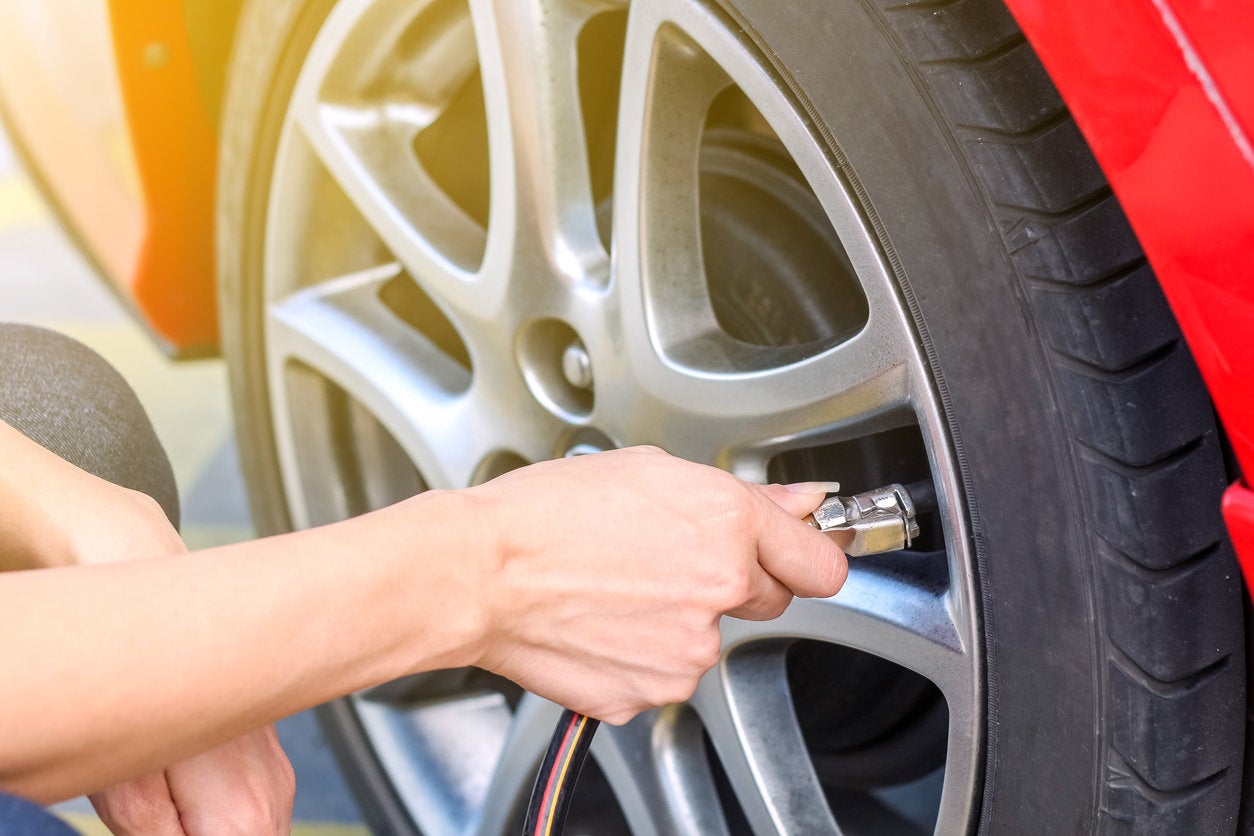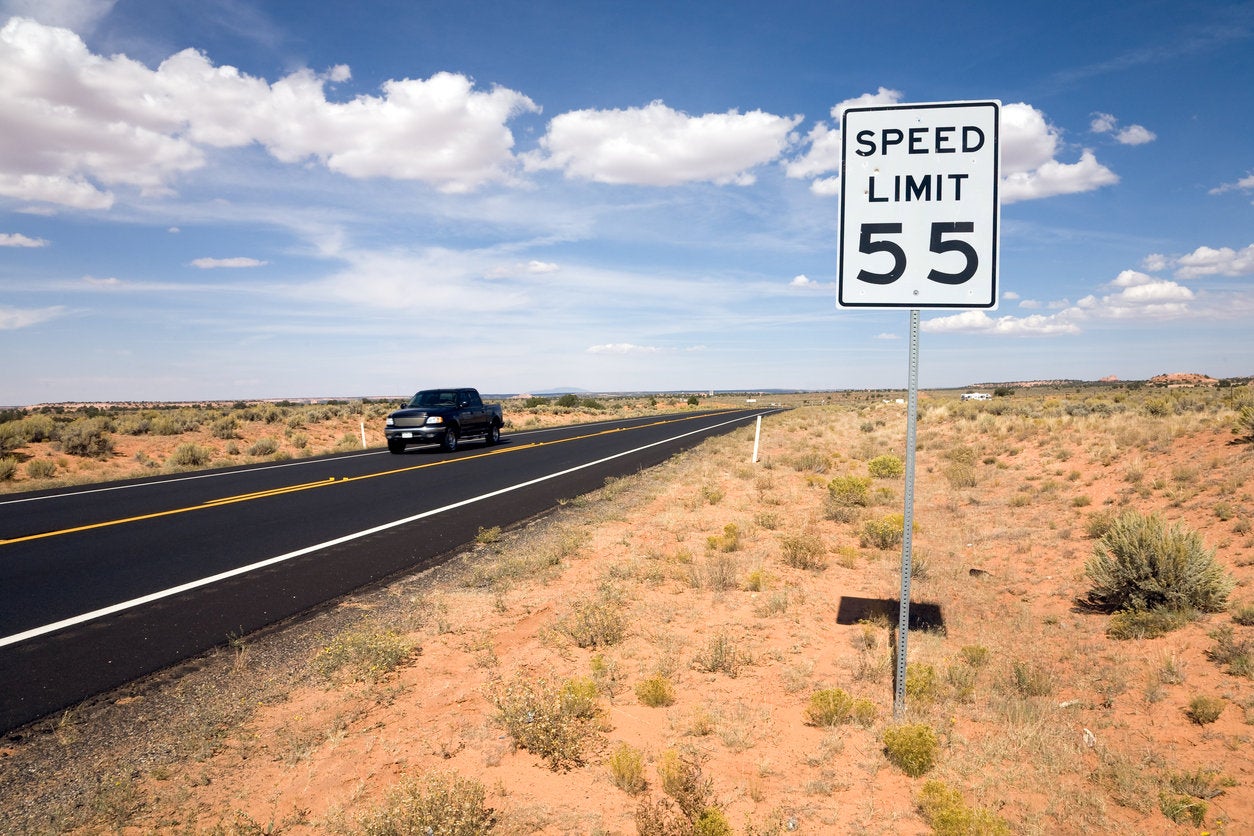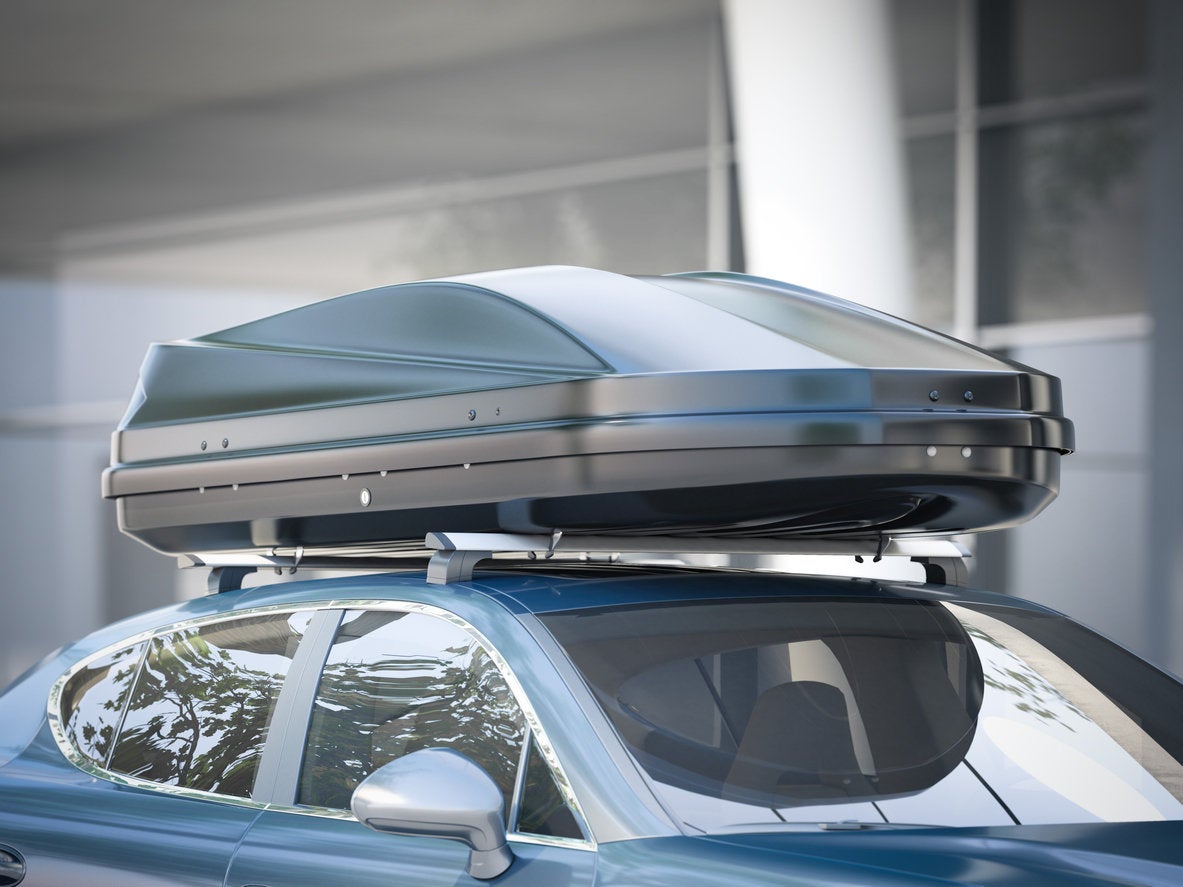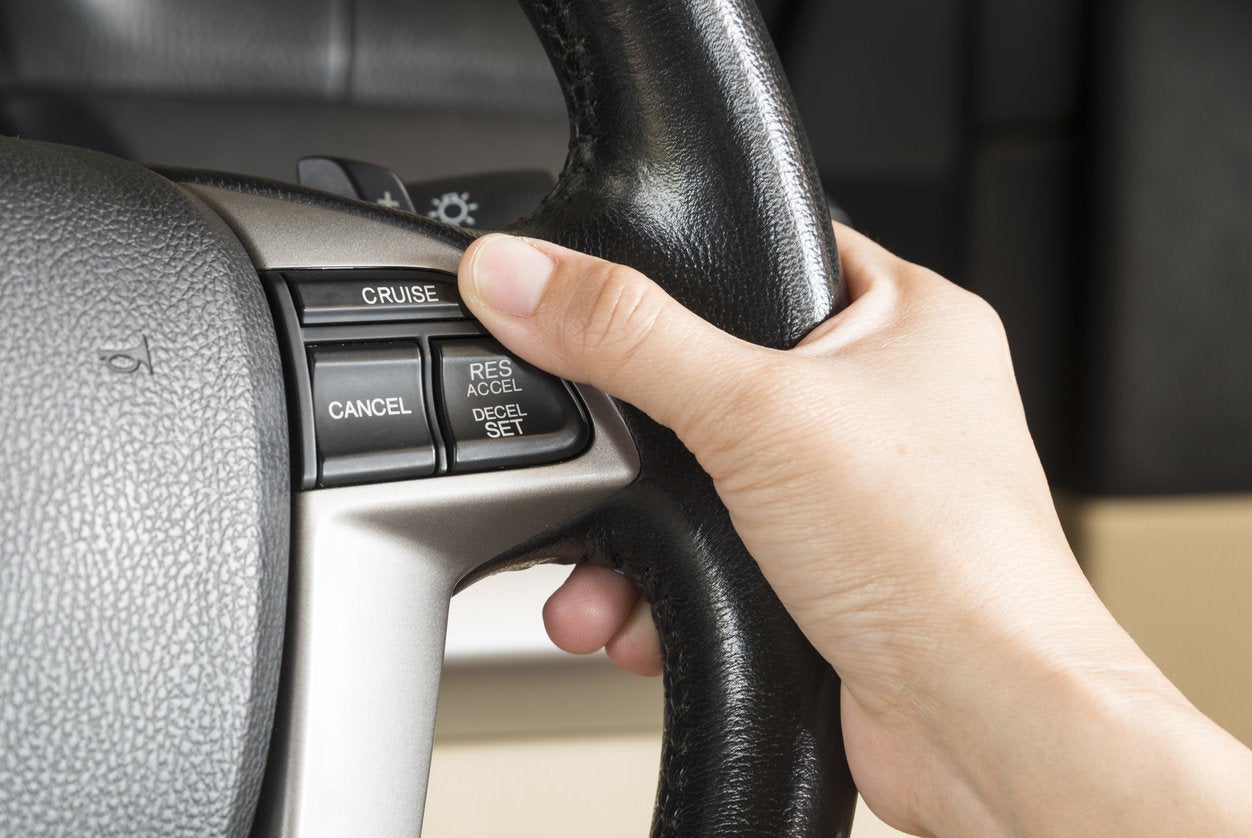Everyone wants to improve their car’s fuel economy in order to save money. But is there an easy way to do that if you’re not a mechanic with lots of tools in your garage and experience under your belt? Yes! In fact, there are several.
Properly Inflate Your Tires

Look in your owner’s manual or on your doorframe for a sticker that mentions the proper pounds per square inch (PSI) of tire pressure for your vehicle. (However, don’t look on your tires’ sidewalls. Although there will be a maximum PSI marked there, it won’t necessarily be accurate for your car.) The magic number is usually between 30 and 35 PSI.
Resist overinflating the tires—despite the belief that will reduce friction and give you longer range, overinflating is dangerous and will reduce the lifespan of your tires.
Also, be sure to use snow tires only when conditions warrant them. Snow tires are designed for better traction in slippery conditions, so they create more drag (known as rolling resistance) on the road surface compared with all-season tires.
Quit Speeding

Most cars are most efficient fuel when driven around 55 mph. Going faster may save you a few minutes -- but it also causes you to burn more gas. Even if you’re on a back road with no traffic or lower speed limits, driving too fast can have a negative impact on your fuel economy. You also risk the added expense of speeding tickets, which can turn a quick trip into an expensive outing! Besides the fine, you may add points to your driving record and see your insurance rates rise.
Lose the Roof Rack

A bike rack may look cool on top of your car, but you should have it attached only when you’re hauling bikes. Roof racks and cargo carriers increase drag, which will hurt your fuel economy. Racks and cargo boxes are usually held on with clamps and straps, and they can be removed in a few minutes—so leave them at home if you’re not hauling the extra gear; you’ll save money on gas that you can use to buy even better gear.
Embrace Cruise Control

Believe it or not, most drivers aren’t very good at maintaining a constant speed. Cruise control keeps your car at a consistent speed so your engine won’t burn extra gas during unnecessary acceleration. Plus, you’ll enjoy the benefits of coasting when the road starts to head downhill. If your car has cruise control, use it for highway drives.
Empty the Trunk

Lots of drivers seem to use their cars as an extra closet. But the heavier the car, the harder the engine must work, meaning it burns more gas. Empty your car of any unnecessary items to keep its weight down and your fuel efficiency up. Keep the spare tire in there, but if you’re not going to the golf course, leave your clubs at home.
The Bottom Line
Don’t be tempted by quick-fix gadgets or fuel additives that promise to improve your fuel economy. Don’t believe the hype about electronic devices that plug into your cigarette lighter or 12-volt socket and promise to increase gas mileage. These products do not work. There are plenty of mechanical modifications you can explore with a trained technician, including cold-air intake systems, engine computer tweaks, and ultrasonic fuel-injector baths to name a few, but these five tips are perfect for folks looking for simple DIY solutions.
Related Topics
Choosing the Right Gas for My Car
How To Jump-Start a Car
The 10-Step Automotive Checklist for Summer Road Trips
